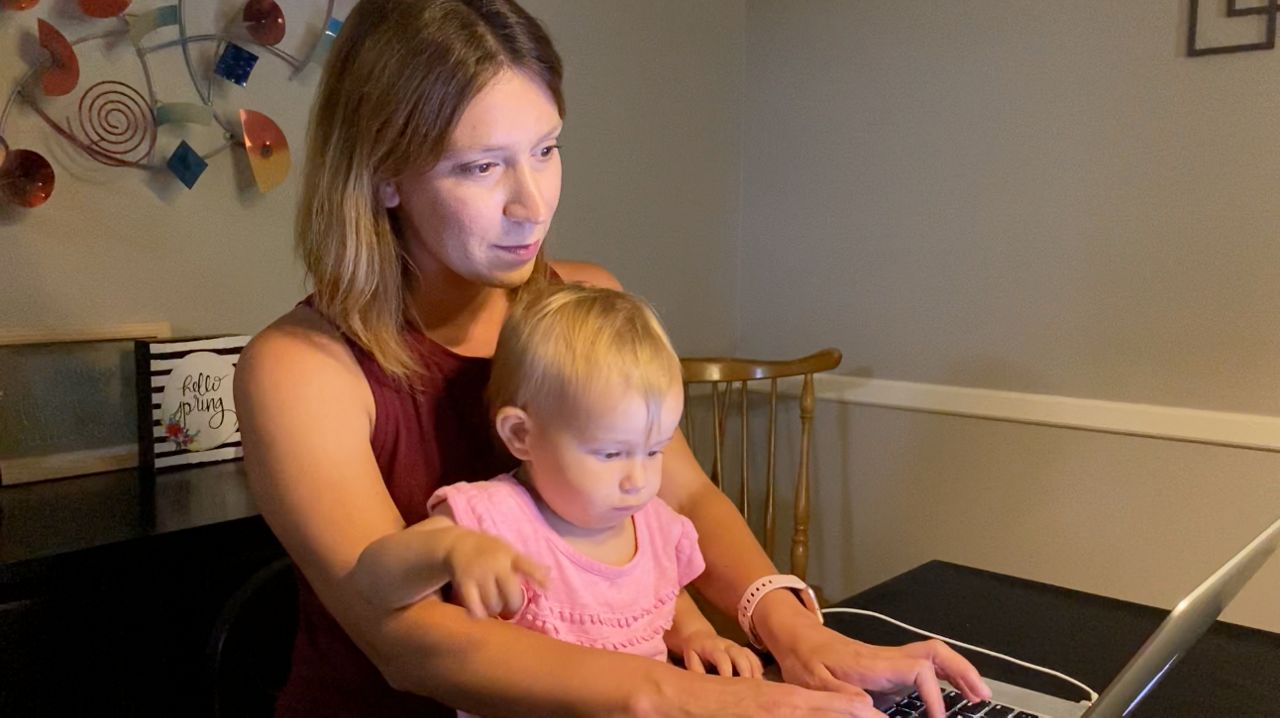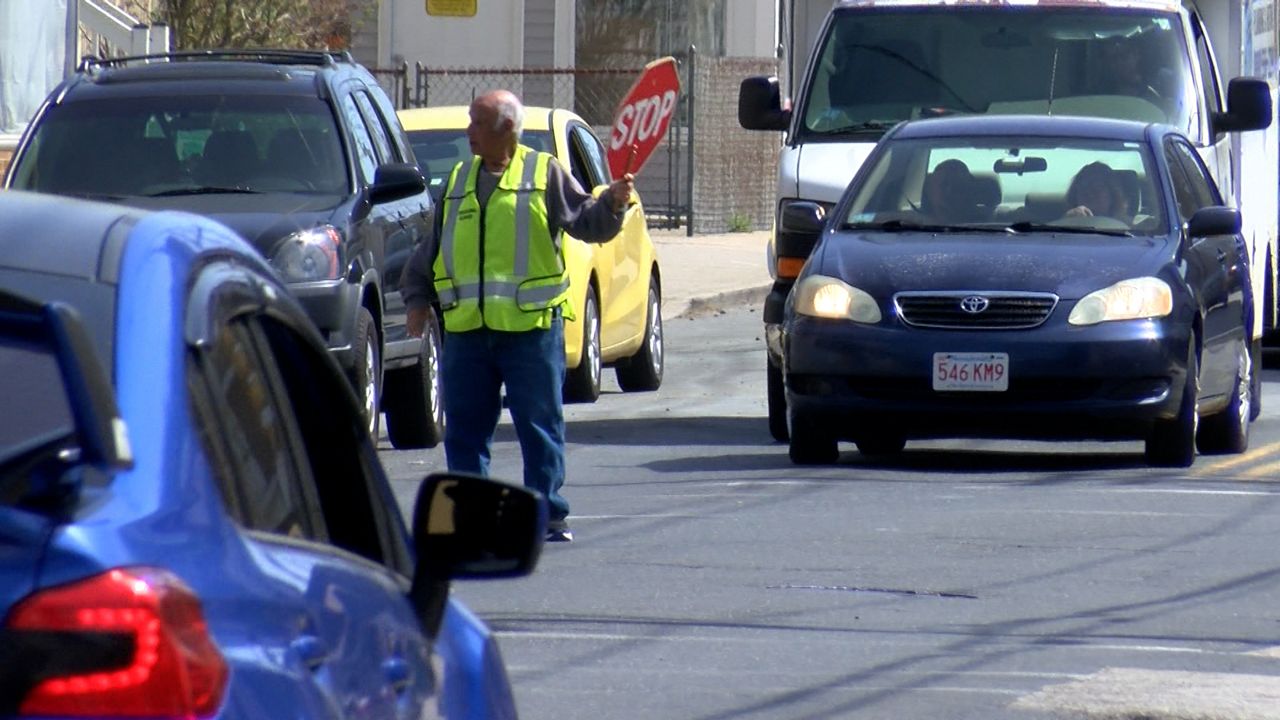WORCESTER, Mass. - Thanks to a donation of more than a $1M from the National Science Foundation, professor Cagdas Onal and fellow researchers at Worcester Polytechnic Institute will develop a robotic arm to help people in wheelchairs. When fully realized, the arm will attach to the side of the chair and help users safely grasp, lift, and carry objects which might be out of reach.
"...bring down, if it's like full of water, the cup is full, you don't want to spill the contents," said Onal, a professor of robotics. "That is a great sort of a challenge scenario that we want to be able to achieve by the end of four years."
But this isn't your average robot arm. Robotics professor Onal says the origami-inspired design will allow it to shrink, expand, and bend. The softer design, made of lightweight plastic, will allow it to get into the nooks and crannies, other, more rigid robots can't.
What You Need To Know
- WPI robotics engineering researchers are developing a lightweight, flexible robotic arm for people who use wheelchairs.
- The arm will enable a user to safely grasp, lift, and carry objects which might be out of reach.
- The research is funded by a more than $1M award from the National Science Foundation.
- Researchers are developing origami-inspired designs for modules made of lightweight plastics, 3D printed components, and off-the-shelf items such as sensors and cables.
"It's folded into this sort of accordion shape," said Onal. "And that makes it much lighter, but also deformable, right? So that gives it the softness it needs to be safer around people."
Onal says the next four years has its challenges, like making sure it's sturdy and doesn't break easily.
Having worked with soft robots for years, he says the flexibility of the arm is what led him and his fellow researchers down the path of using it for people in need of assistance.
"This connection with soft robotics and the need for assistive robotics; there's a gap in our knowledge base," Onal said. "So we decided to address that."
The project's researchers say at the end of that four-year period, they would like to have the robotic arm commercialized or at least close, saying if it's not out of the lab, how are they going to help people.









